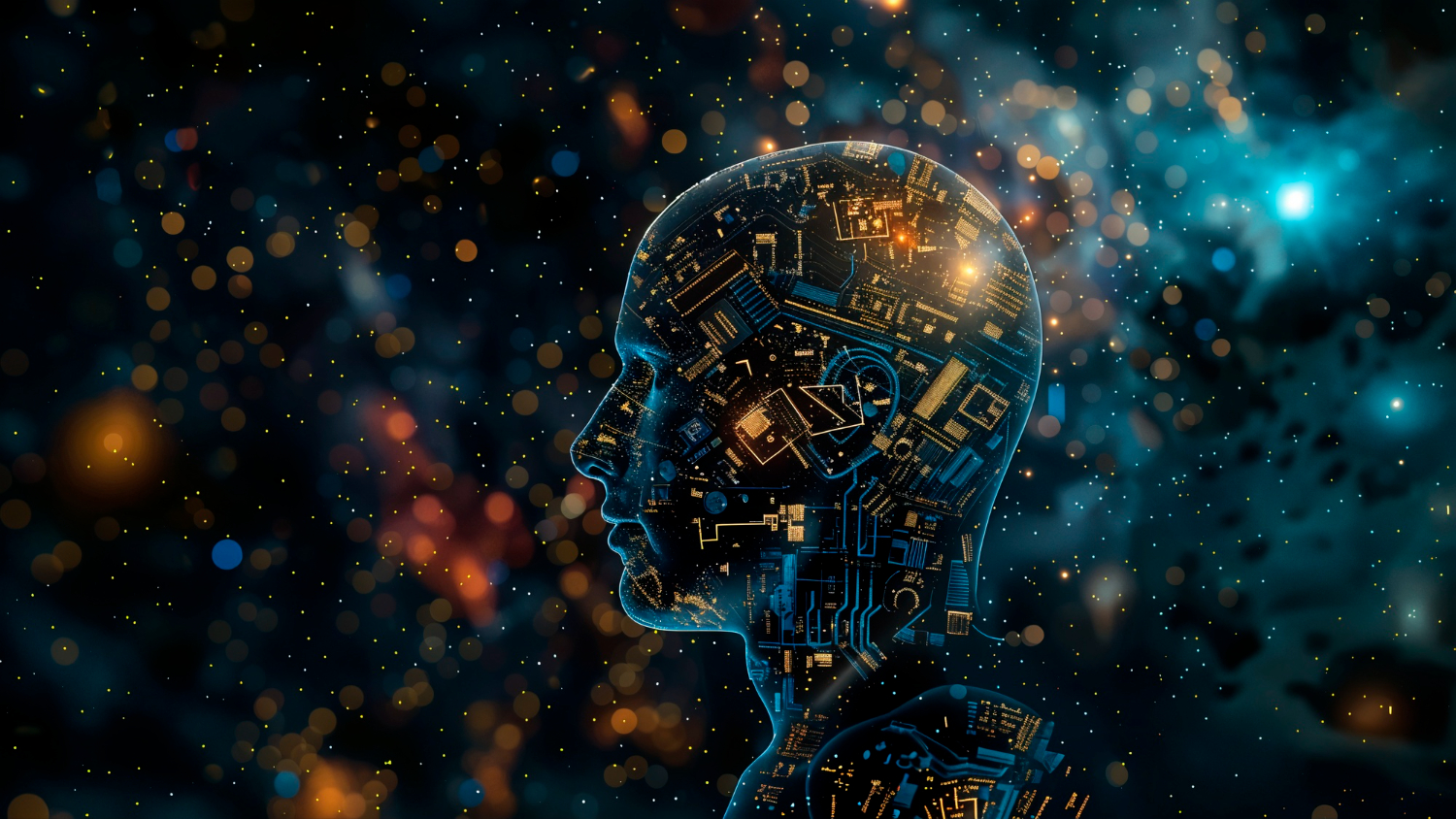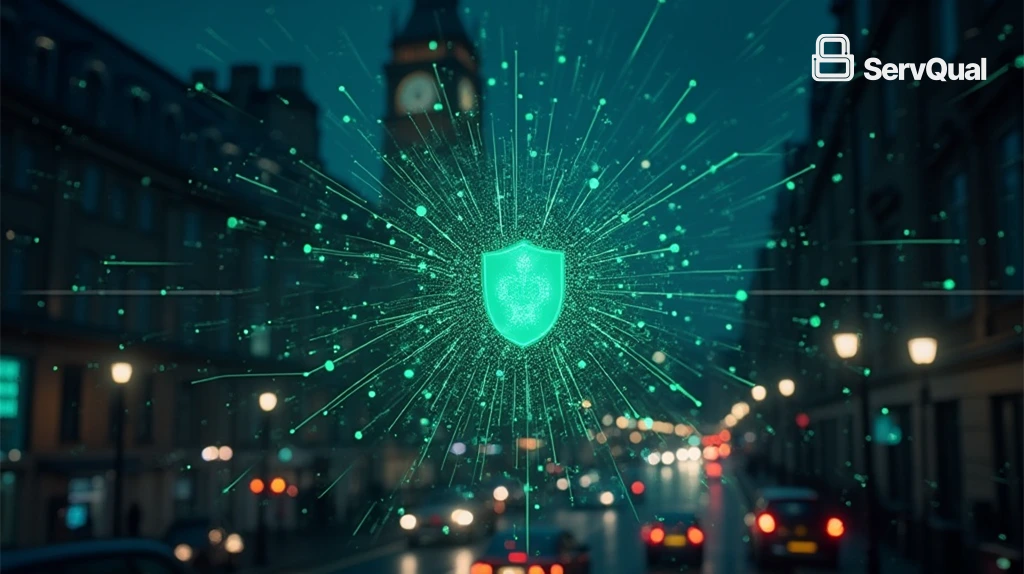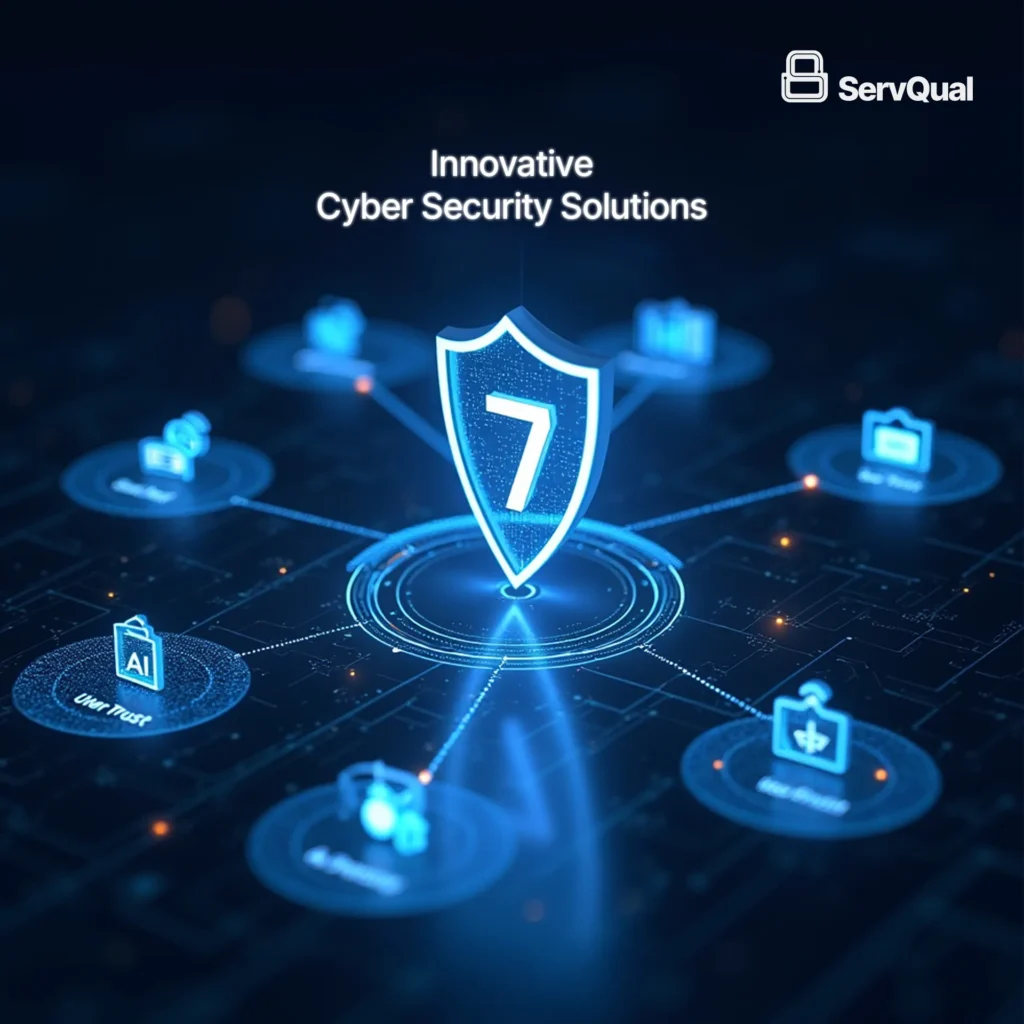Generative AI, DeepSeek, and Security Implications: Navigating the New Frontiers
Generative AI (Gen AI) is revolutionizing industries, from content creation to cybersecurity. Among the latest advancements, DeepSeek, a cutting-edge AI model, has demonstrated remarkable capabilities in natural language understanding and autonomous decision-making. However, as AI technologies evolve, they bring significant security challenges that businesses and security leaders must address. This article explores the impact of Gen AI, DeepSeek, and the associated security risks.
The Rise of Generative AI and DeepSeek
Generative AI models have progressed rapidly, producing realistic text, images, and even code. DeepSeek, a state-of-the-art AI model, enhances these capabilities by leveraging deep learning techniques to interpret vast amounts of data efficiently. While this advancement unlocks new opportunities for automation, it also introduces unique security risks.
Key Security Challenges of Gen AI and DeepSeek
Adversarial Attacks and Model Manipulation
Generative AI models have progressed rapidly, producing realistic text, images, and even code. DeepSeek, a state-of-the-art AI model, enhances these capabilities by leveraging deep learning techniques to interpret vast amounts of data efficiently. While this advancement unlocks new opportunities for automation, it also introduces unique security risks.
AI-Powered
Cyber Threats
Generative AI models have progressed rapidly, producing realistic text, images, and even code. DeepSeek, a state-of-the-art AI model, enhances these capabilities by leveraging deep learning techniques to interpret vast amounts of data efficiently. While this advancement unlocks new opportunities for automation, it also introduces unique security risks.
AI Model Exploitation and Data Poisoning
AI models learn from historical data, which may contain biases. If unchecked, these biases can lead to discriminatory decision-making in cybersecurity measures, such as risk assessments and fraud detection. Ensuring AI fairness and transparency is critical to mitigating ethical concerns.
AI Model Exploitation and Data Poisoning
Attackers may attempt to manipulate AI training data, poisoning the model’s learning process. By injecting incorrect or misleading data, adversaries can degrade the model’s accuracy, causing incorrect threat classifications or allowing malicious activities to go undetected.
Data Privacy and Compliance Risks
Generative AI models have progressed rapidly, producing realistic text, images, and even code. DeepSeek, a state-of-the-art AI model, enhances these capabilities by leveraging deep learning techniques to interpret vast amounts of data efficiently. While this advancement unlocks new opportunities for automation, it also introduces unique security risks.

Mitigating Security Risks in Generative AI Deployments
Organizations should implement strict data governance policies, ensuring that AI models only access and process authorized and ethical datasets.
Continuous monitoring of AI behavior can help detect anomalies, potential adversarial attacks, or bias-related issues.
Leveraging AI-powered threat intelligence can help detect and mitigate emerging AI-driven cyber threats.
Implementing a Zero Trust approach ensures that no entity—whether AI or human—is inherently trusted, reducing the risk of AI exploitation.
Adhering to cybersecurity frameworks such as NIST, ISO 27001, and other regulatory guidelines ensures that AI deployments align with security best practices.
“As Generative AI and models like DeepSeek advance, they unlock transformative potential, but they also bring new security challenges that must be addressed with vigilance and innovation.”
Conclusion
Generative AI and models like DeepSeek hold immense potential, but they also introduce unprecedented security risks. Organizations must stay ahead by implementing proactive security measures, continuously monitoring AI interactions, and adhering to compliance regulations. As AI continues to evolve, cybersecurity strategies must adapt to mitigate risks and ensure a secure digital landscape.



